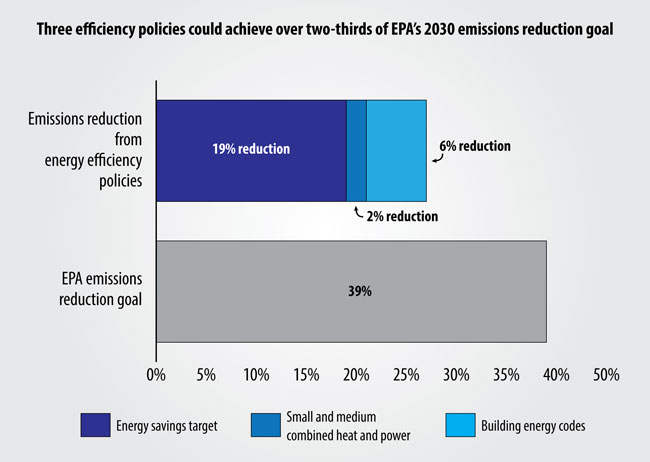By Alyssa Kutner, Summer Legal Intern
 On June 30, 2014, the Environmental Protection Agency released a new Policy Statement on Climate Change Adaptation, building on the last policy statement released by the EPA in June 2011. In the statement, the EPA has developed a more direct, urgent tone in describing the initiatives to be taken in adapting to the changing climate while updating goals it set forth three years ago. The 2014 statement includes multiple references to human-induced climate change having a wide range of impacts; there were none in the 2011 statement. There is also a greater focus on creating a strong social infrastructure through community partnerships, and a more straightforward recognition that climate change is inevitable and must be prepared for. The EPA has found that in the time since the 2011 statement was released, “new and stronger evidence indicates that human-caused climate change is affecting people in every region of the U.S.”
On June 30, 2014, the Environmental Protection Agency released a new Policy Statement on Climate Change Adaptation, building on the last policy statement released by the EPA in June 2011. In the statement, the EPA has developed a more direct, urgent tone in describing the initiatives to be taken in adapting to the changing climate while updating goals it set forth three years ago. The 2014 statement includes multiple references to human-induced climate change having a wide range of impacts; there were none in the 2011 statement. There is also a greater focus on creating a strong social infrastructure through community partnerships, and a more straightforward recognition that climate change is inevitable and must be prepared for. The EPA has found that in the time since the 2011 statement was released, “new and stronger evidence indicates that human-caused climate change is affecting people in every region of the U.S.”
The shift in tone is reflective of a complementary shift in the federal focus on climate change within the past several years. President Obama’s Climate Action Plan and Executive Order 13653, “Preparing the United States for the Impacts of Climate Change,” are both referenced in the 2014 statement as evidence of the mounting importance of building a resilient domestic climate change strategy. Both the Climate Action Plan and Executive Order were released a year ago, in 2013.
In the 2014 statement, the EPA asks states, tribes, and local communities to join a global call to action. The EPA feels that these “partnerships are critical for efficient, effective and equitable implementation of climate-adaptation strategies.” The plan also sets forth seven specific adaptation directives for immediate implementation. The directives call for promoting investments with climate-sensitive outcomes, increasing education on climate-change preparation, implementing the priority actions identified in EPA Climate Change Adaptation Plan and Implementation Plans, emphasizing outreach to communities especially vulnerable to climate change, coordinating with federal agencies, aiding cross-jurisdictional cooperation, and continually assessing progress and performance of the directives. In an effort to keep climate-risk efforts current, and as is stipulated in Executive Order 13653, “the EPA will regularly update its Climate Change Adaptation Plan no later than one year after the publication of each quadrennial National Climate Assessment Report.” The U.S. Global Change Research Program published the most recent National Climate Assessment Report this past May.



